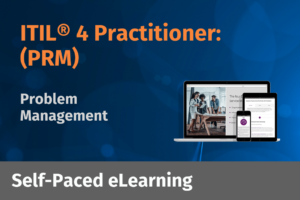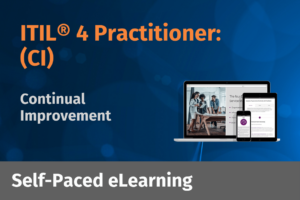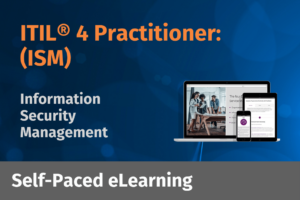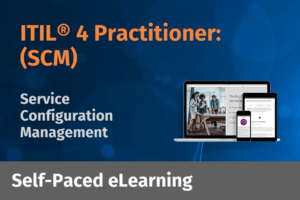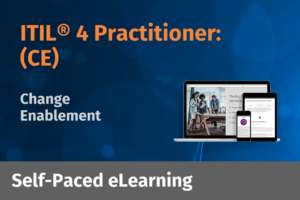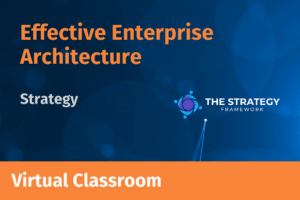Design Thinking is more than thinking differently; it is working with, and for, people from the very beginning in order to create better outcomes. The key is engaging your executive sponsor and demonstrating enough value to give you the space (and resources) to deliver something that is innovative, technologically feasible, commercially viable and above all, desirable for the customer.
Design Thinking is more than thinking differently; it is working with, and for, people from the very beginning in order to create better outcomes. The key is engaging your executive sponsor and demonstrating enough value to give you the space (and resources) to deliver something that is innovative, technologically feasible, commercially viable and above all, desirable for the customer.
How can you gain the trust of executives and those in your team to understand and buy into the value of Design Thinking? It’s one thing for it to be a hot topic around the coffee machine; it’s another thing to take action.
It’s always difficult challenging conventional business mindsets, stepping out of your comfort zone and asking management to trust you as you trial a new methodology claiming to foster corporate innovation and improvement. Getting top-down support for design-led business practices is not the only way (and definitely not the easiest). I have been through this myself and have lived to tell the story.
I was fortunate to work as part of a small, but very enthusiastic, operational improvement team for a national chain of department stores. We were charged with identifying opportunities for efficiency and implementing those changes at an operational level. When you approach a challenge from a human-centred perspective, working with people is mandatory. What I couldn’t foresee was the huge cultural change that would need to happen. The only thing I knew was that if any change was going to happen, it would have to be bought into and ultimately owned by the team members.
Anyone involved in a large change initiative knows that a strong recipe for successful change is top-down support and bottom-up engagement. Existing change management techniques might prove insufficient in today’s fast-paced and ‘always connected’ business environment. Employees (just like customers) are connected to each other more than ever before, reinforcing the social networks that exist in any workplace. Design Thinking (also referred to as human-centred design) involves the people on the front line focusing on bottom-up engagement as an outcome of the project. But how can you leverage that engagement to get buy in?
Designing for people, their behaviours, context, fears and desires is the only way to effectively create engagement. This is a great way of achieving bottom-up engagement – but what about top-down support? It’s a similar recipe, but with a twist. Not only do you need to understand your stakeholders really well (nothing ground-breaking here), but you also need to expose them to new ‘human-centred’ ways of working. Senior executives have been trained for decades to analyse results and make investment decisions based on what will produce the greatest return. To any seasoned business leader, a Design Thinking approach might represent a risk because it explores the unknowns as part of the approach. To any forward thinking business leader, it represents an opportunity to innovate and differentiate – by solving a problem in a way that a customer has never experienced before.
Here are two examples where I gained buy-in from senior executives and was able to execute a project that had a very positive impact on the company.
We were running a trial at one of the stores and I had invited the Senior Operations Director to come along and view the process. This executive was extremely culture focused and we knew that by making him experience how teams were working in a different way (and generating strong results for the business), we would get him onboard. We carefully planned the visit so he could experience how team members were engaged and happy doing an activity that was historically known as boring and difficult. This change in behaviour struck him immediately and from there it was easy to show how the simple change in the process was allowing that to happen. Once the light bulb had been switched on there was no containing his enthusiasm for this initiative. The comments started off as approvals and quickly escalated into requests to accelerate what we had set in motion. If he hadn’t taken the time to come down and talk to his staff and see the change in person he may never have realised the difference we could make.
“This is it, you have cracked the code for a culture change, so let’s do it!“
Senior Operations Director, National Department Store
As it turned out, the CEO was getting regular updates from the Senior Operations Director. The CEO was a legend in the company, he had successfully implemented several change initiatives that helped the company turn-around from an almost bankrupt department store to a highly profitable business. He realised that this project would represent a massive change in how the business would run. The CEO wanted to see more than just ‘hard’ results (that were very positive at this stage), he needed that human connection and reassurances that this was actually working. One day, as he often does, he stopped in at one of the stores, this time at the official trial store for the new process. He strolled into the tearoom and sat down to chat with the team members. From senior team members to casual staff, the excitement was evident. Combining that with the operational results that the store was achieving, there was no question that this was going to be a sustainable change. After that visit we got an important ally onboard and were able to begin full implementation.
What I learnt from this project was that you can achieve consensus with the Executive team by using a stealth approach to Design Thinking. A stealth approach means using any space available to drive change, expanding that as much as possible in the background, and involving senior executives to make that background space public when results are visible. When the effect of what you are doing is visible, it creates an operational sense of intrigue, eagerness and desire to participate. When staff members can see the benefits of the change, know how to adopt it and have the ability to continually support it, you will then have the foundations and the backing to sell your case.
4 key takeaways
- Be human centric. Whether it is revealing and synthesising the emotional and behavioural nuances of your customer, or the motivations of your sponsor, if you connect with them on a human level you are more likely to succeed.
- Don’t define innovation before you start. By definition, innovation is perceived value. If you are adding value to customers, it doesn’t matter how big the change will be. In our project we changed relatively simple steps on a process that in turn significantly reduced costs. We were only able to realise this change because we had team members working and designing change with us. By doing this we were able to create value not only for the staff and team, but for our customers.
- Design Thinking can be an uncomfortable word. Be prepared to have people baulk at the term. If you think the phrase could hinder your goal then be prepared to use a stealth approach and show what can be achieved. We never used Design Thinking to describe our approach. Instead, team member centred design was more appropriate and aligned to the company language.
- Take a collaborative approach – the more support and belief you can attain through involvement and participation, the stronger your campaign is for change. Being collaborative means opening space for other points of view in a constructive way.
If you would like to experience the Design Thinking mindset, toolkit and methodology applied to a real-world complex problem, we offer a four-day workshop that will give you the skills to bring new, value-driven creative solutions to projects or challenges in your business.



